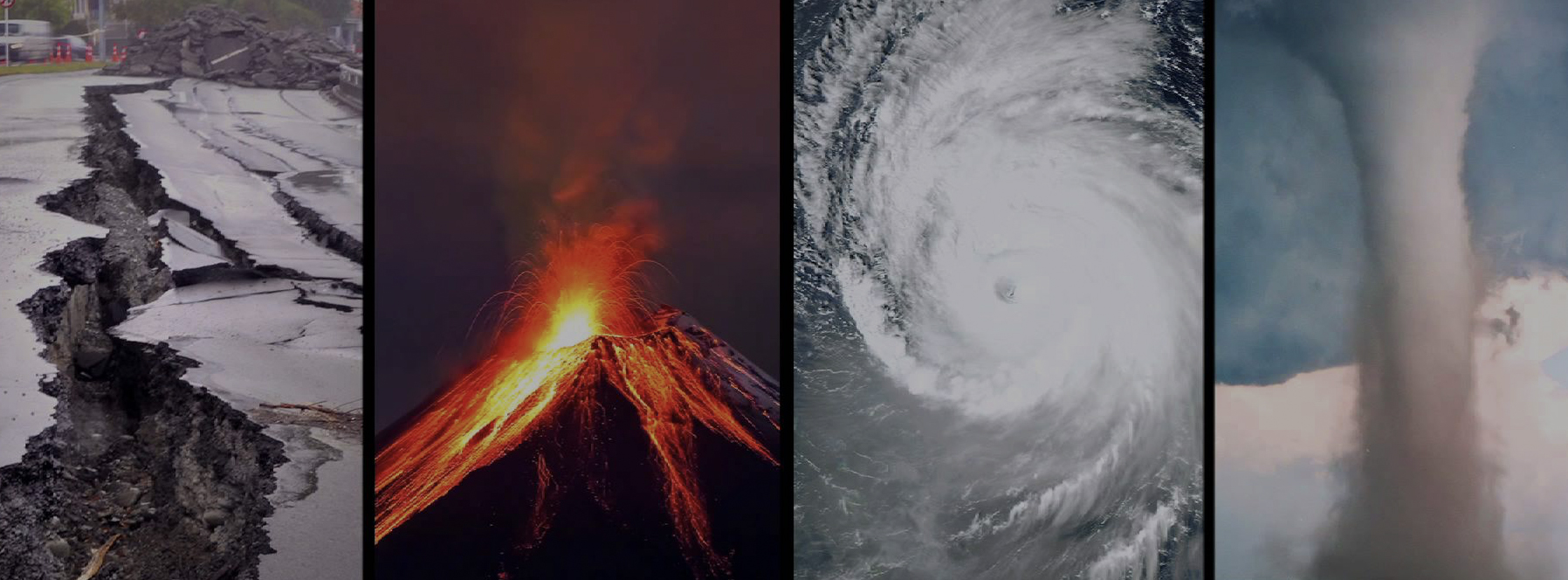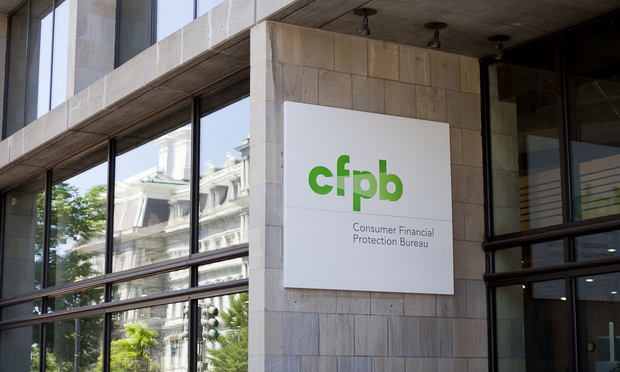Leading a group in any capacity is a big responsibility; more importantly it is one that was generally sought by the person in the role. During my 42 year career with UPS, I had the opportunity to lead many different size groups through many crises. It started in my first assignment with leading nine employees and ultimately ended as Vice President of U.S Operations leading over 200,000. Being in the logistics industry, these crises included earthquakes, hurricanes and attacks such as Sept. 9/11. However, this COVID-19 pandemic is like nothing we have seen as Americans.
Terms and Conditions
We have all purchased something in our lives where a warranty was offered. When you purchased the warranty, the idea that the item needed some additional protection popped into your mind. The warranty had specifications and they were identified in the “Terms and Conditions” of the contract. Employees come with their own “Terms and Conditions” as well.
Think for a moment about your job or profession. What do you expect from your employer? Sound communication, respect and a supportive environment are some natural expectations. Are these things “less” important during a crisis? If anything, they become even more important in difficult times.
 When you purchase an item, the “Terms and Conditions” of the contract become invalid if you misuse or abuse the item. People are the same way. They will not support the leader if the “Terms and Conditions” of their employment have been abused. Leaders must consciously consider how their daily interactions impact the psychological “Terms and Conditions” that their people have with them. If they do not consider this, they will be ineffective leaders at some point.
When you purchase an item, the “Terms and Conditions” of the contract become invalid if you misuse or abuse the item. People are the same way. They will not support the leader if the “Terms and Conditions” of their employment have been abused. Leaders must consciously consider how their daily interactions impact the psychological “Terms and Conditions” that their people have with them. If they do not consider this, they will be ineffective leaders at some point.
I remember walking with managers to talk with their employees during times of crises. Many times, the employees were upset due to the hours they were working, or that the job was different than what they expected. This was due to the fact that the “Terms and Conditions” with these employees were unclear or were being changed without explanation. In these instances, the level of commitment and dedication of these employees was less than desired. This is always a problem when the psychological “Terms and Conditions” of employment are broken.
Clear Digestible Messaging
Think back on the times you have attended a meeting and after it was done, you still had unanswered questions. Or how about a meeting when, after the leader had left, there were comments like these: Are you kidding me? Seriously! What are they thinking?
When reactions like those mentioned above are exhibited, the employees just experienced “mental indigestion.” Like a cook who served a meal that gave everyone indigestion, it becomes visible. The same thing happens when a poor message is given. It’s visible on your people’s faces. You can choose to see it or not.
Words are the meal you feed your people. When your words come out of your mouth, they decide (not you) how they are digested. It is one thing to gather a group together and read the memo. It is another to inspire them with your words and clearly give direction. Just like a chef must prepare and take care when making a meal, the leader owns the clarity and openness involved in the message.
 Preparation and care must precede the giving of the message. Too often leaders will serve a bad message and later say, “Well, he or she didn’t listen!” Leaders need to consider that when they delivered their message indigestion was delivered as well. Clarity checks are important and it is necessary to ask a few questions of the audience to ensure understanding. This will validate the message and determine whether it tasted good, or if it gave your people indigestion.
Preparation and care must precede the giving of the message. Too often leaders will serve a bad message and later say, “Well, he or she didn’t listen!” Leaders need to consider that when they delivered their message indigestion was delivered as well. Clarity checks are important and it is necessary to ask a few questions of the audience to ensure understanding. This will validate the message and determine whether it tasted good, or if it gave your people indigestion.
During my time as UPS President of Virginia, we experienced one of the most destructive hurricanes (Isabel) to hit the state. This required our employees to give discretionary effort to do their jobs to ensure people could receive essential items. I found that clear and direct communication, from the leader, calmed my employees and allowed them to focus on the mission. Being able to clearly understand the needs of the team and to serve others, assisted in keeping a positive mental outlook.
Setting Direction for the Team
The single most important reason to set up a structure of leadership in any organization is because it is needed! Without leaders, people would come to work, read memos, and look at messaging boards to get direction. If this method worked effectively, it would be in use everywhere. Organizations just simply would not make this investment. It is too expensive!
Leaders are expected to set direction and guide teams towards goals and objectives. The organization’s strategy is the game plan. Like players on a professional sports team, your players expect you to coach them daily.
The minute they come to work, the whistle is blown, and they are playing the game. As a leader, you are expected to participate in it visibly. You do so by setting direction and calling plays that align with the organization’s strategy.
So the question you have to ask, is what type of leader are you? Are you the command and control leader who simply passes the orders down? Or are you truly setting direction and coaching your people supportively every day? How does it look, taste and feel?
When they don’t execute the right plays, do you blame them or yourself? How many times have you heard a professional coach blame the players when a professional sports team loses? When they won, how many times did the coach say, “Yes, we won, but it was my excellent coaching that did it!”
Here are the facts of leadership. As a leader, you will have losses and wins. The leader gets all the credit for the losses and none of the credit for the wins. It’s called taking ownership for what you lead! When the position was open, you raised your hand and said, “Pick me! Pick me!” If you weren’t selected, you were disappointed, upset, and even angry.
Well, you were selected, so taking ownership for what you asked for means setting direction daily for your team and actively coaching them. During a crisis, it means that on steroids.
As the UPS Vice President of U.S. Operations from 2016-2019, I was privileged to lead large groups of people during many different crises, but none challenged me more than the holiday season of 2018: E-commerce demand more than doubled. Consumers demanded fast, on-time delivery. This required flawless execution to ensure our customer commitments were met.
The team did an excellent job and had the best service in our history. The challenge was ensuring that I was setting a strong direction reflective of the UPS CEO and his team, and that the direction was understood down to the front line, encompassing over 200,000 employees at multiple levels.
People run towards leaders during a crisis and its imperative the direction is well thought out and includes the input of many advisors. I had a staff of experts I consulted with to ensure we all agreed on the direction to move forward. Then I communicated to my teams repeatedly to ensure understanding. I’ve never felt prouder of my teams and their leaders as I did during this time.
In summary, the following three principles are critical during turbulent times:
Leaders must understand the “Terms and Conditions” of their relationships: The leader who doesn’t understand these will be unable to gain the support of their people. If you don’t fulfill these expectations, your people won’t fulfill their agreements.
Leaders must make certain their messaging is clear and digestible: When communicating with your people, make certain your messaging is clear, supported and digestible. If it is not, you will see it clearly in their reactions. If it is not “digestible,” then it will create “indigestion.” When that happens, it is obvious.
Leaders must set direction for the team: The team on their own decides if something makes sense to them. If it doesn’t make sense to them, then it is the opposite of making sense, which to them is nonsense! People generally won’t support nonsense. Do you?
Those in leadership positions, no matter how big or small, should realize you are needed now more than ever. In a crisis, everything moves faster. Information, physical goods and the days run into each other. Slow down and let the game come to you. When it does, be the calming force that your teams need. You can’t be human with your emotions and decisions right now; you need to be superhuman. That means blocking out the noise of distraction and staying focused on your people’s needs. Do this, and when the crisis ends, your team’s support of you won’t.
The amount of “Times” your people will support a lack of clarity, poor communication and you leading from a distance? NONE TIMES!

By Noel Massie, Author, Speaker and Retired UPS Vice President of U.S. Operations
* See this Article and many more in it’s original publication at https://issuu.com/nawrb/docs/nawrb_mag_vol9_issue1

 Login
Login


























